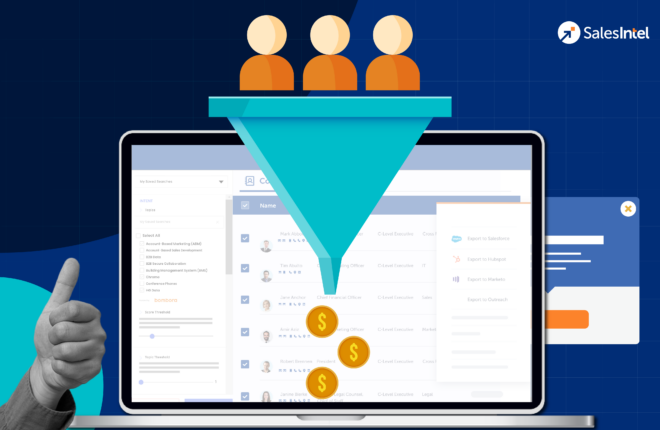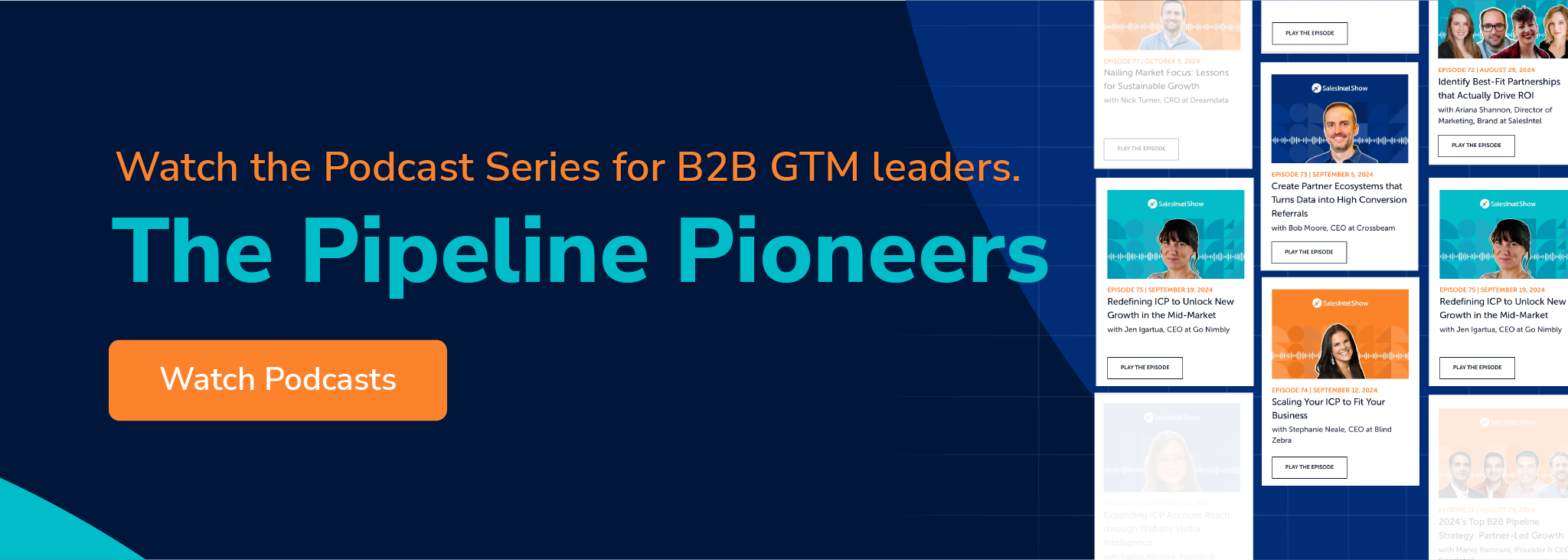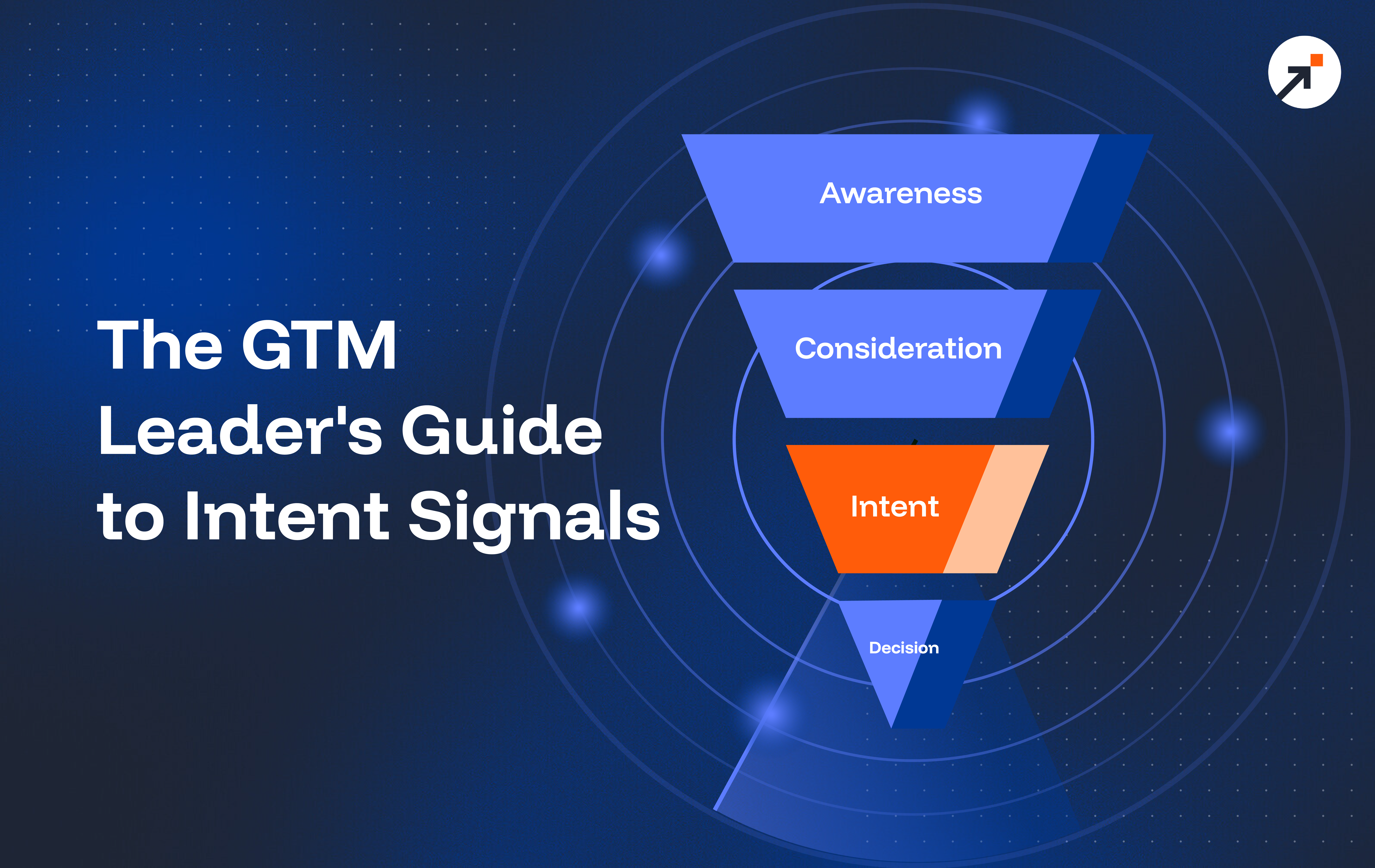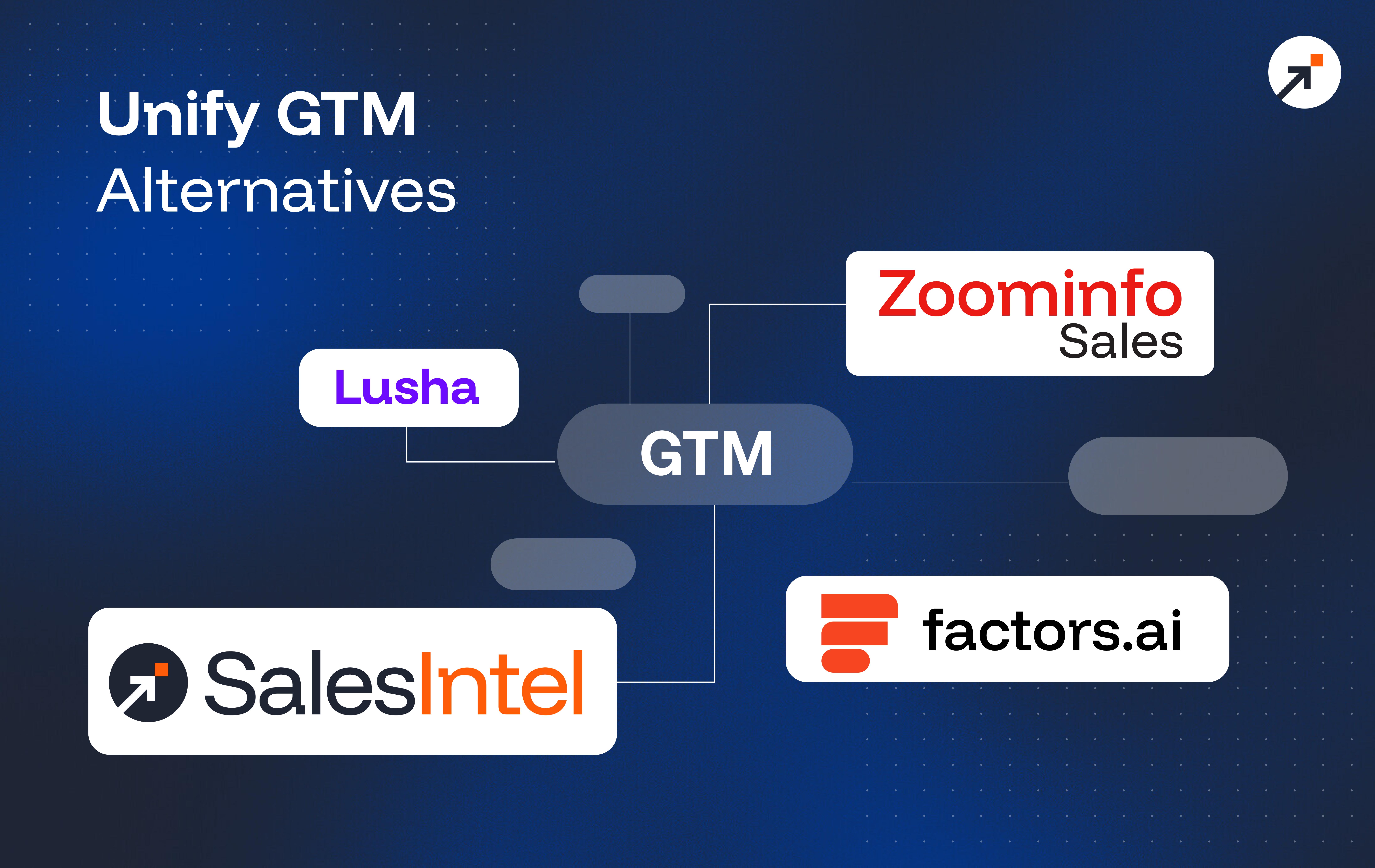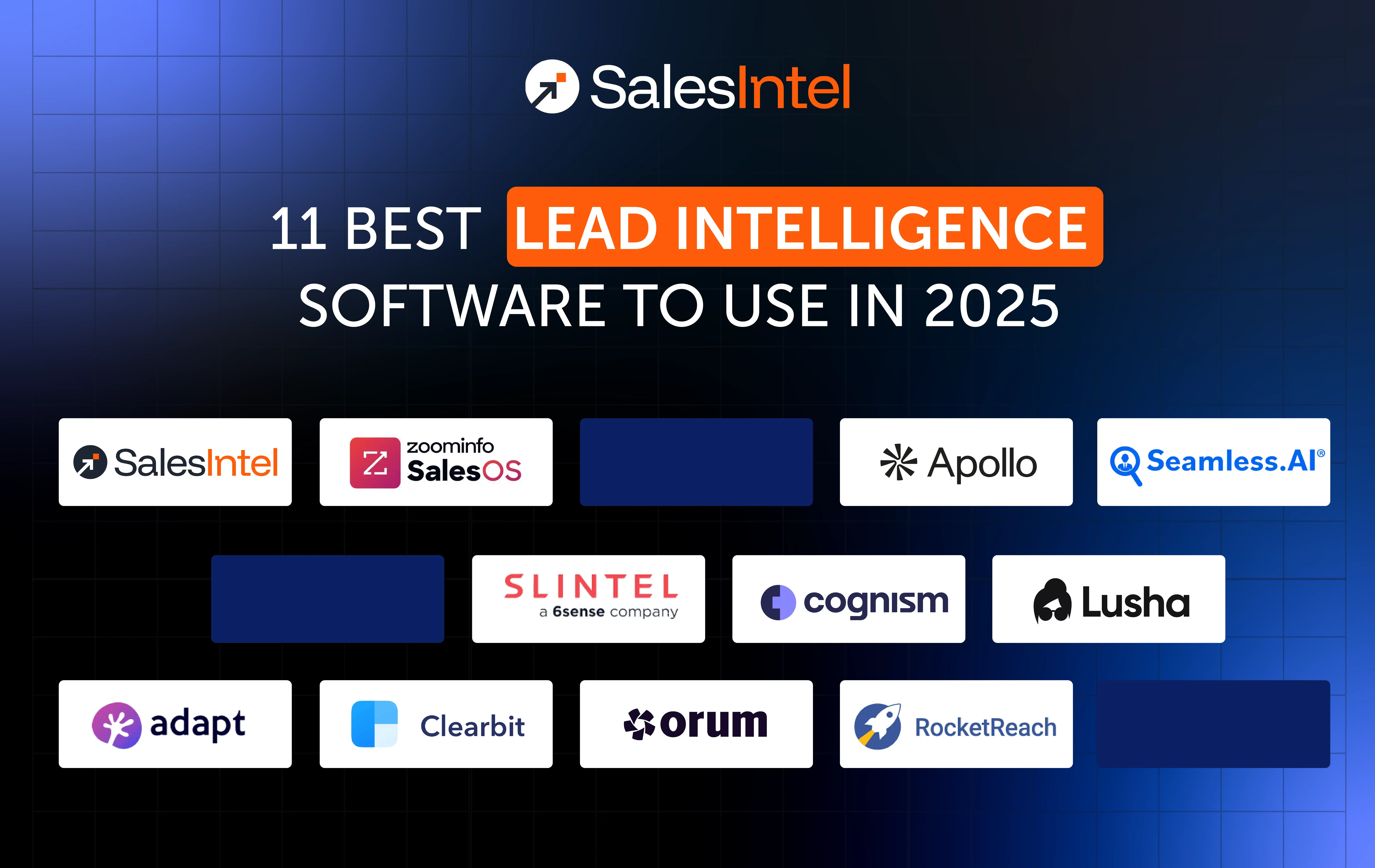Sales success often hinges on the ability to manage and optimize the sales pipeline stages effectively. A strong sales pipeline serves as the backbone of a high-performing go to market team, offering a clear roadmap from lead generation to deal closure. By mastering each stage of the pipeline, sales professionals can improve efficiency, boost conversion rates, and achieve sustainable growth.
This comprehensive guide will walk you through the key stages of a B2B sales pipeline, providing actionable insights to help you optimize each phase for maximum impact.
Understanding the Sales Pipeline
Before diving into individual pipeline stages, it’s essential to understand what a sales pipeline is. Simply put, a sales pipeline is a visual representation of your sales process. It outlines each step a prospect goes through on their journey from initial contact to becoming a paying customer.
A well-defined sales pipeline provides several benefits:
- Improved Forecasting: By tracking prospects at each stage, sales teams can predict future revenue more accurately.
- Increased Efficiency: Clear stages allow for better prioritization and allocation of resources.
- Enhanced Visibility: Sales managers can quickly identify bottlenecks and areas for improvement.
Now, let’s explore the key stages of a B2B sales pipeline.
1. Lead Generation
The first stage of the sales pipeline is lead generation. This involves identifying potential buyers who may benefit from your product or service. Effective lead generation ensures a steady flow of prospects entering the pipeline.
Strategies for Success:
- Inbound Marketing: Use content marketing, SEO, and social media to attract prospects organically.
- Outbound Prospecting: Leverage cold emails, calls, and LinkedIn outreach to engage potential leads directly.
- Lead Magnets: Offer valuable resources such as whitepapers, webinars, or free trials to capture contact information.
At this stage, it’s crucial to focus on quality over quantity. Not all leads are created equal, and filtering out unqualified prospects early will save time and effort down the line.
2. Lead Qualification
Once leads enter your pipeline, the next step is to determine whether they are a good fit for your solution. This is the lead qualification stage, where you assess each lead’s potential to convert into a customer.
Key Questions to Ask:
- Does the lead fit your Ideal Customer Profile (ICP)?
- What is their level of interest and urgency?
- Do they have the budget and authority to make purchasing decisions?
Qualification Methods:
- BANT (Budget, Authority, Need, Timing): Evaluate prospects based on these four criteria.
- Lead Scoring: Assign scores to leads based on their behavior and demographic fit.
Qualified leads move on to the next stage, while unqualified ones are either nurtured for future opportunities or removed from the pipeline.
3. Initial Contact
The initial contact stage involves making the first direct connection with your qualified leads. This is your opportunity to introduce your product or service, understand the prospect’s needs, and set the stage for further engagement.
Best Practices:
- Personalize Your Approach: Tailor your messaging to the prospect’s specific pain points and industry.
- Focus on Value: Highlight the benefits and value your solution offers rather than just its features.
- Establish Rapport: Building trust and rapport early can significantly influence the prospect’s willingness to move forward.
This stage often involves a discovery call or meeting, where the sales rep gathers critical information to better understand the prospect’s challenges and goals.
4. Needs Analysis
In the needs analysis stage, the goal is to dive deeper into the prospect’s pain points and determine how your solution can address them. This stage is crucial for positioning your offering as the ideal solution to their challenges.
Key Activities:
- Ask Open-Ended Questions: Encourage prospects to share their goals, challenges, and priorities.
- Identify Pain Points: Understand the specific problems the prospect is trying to solve.
- Align Solutions: Map your product or service’s features to the prospect’s needs.
The insights gathered during this stage will inform the next steps, including proposal development and solution customization.
5. Proposal and Presentation
At this point, you’ve gathered enough information to craft a tailored proposal. The proposal and presentation stage involves presenting your solution in a way that resonates with the prospect and addresses their unique needs.
Tips for Effective Proposals:
- Tailor the Content: Customize your proposal to highlight the specific benefits for the prospect.
- Use Data and Case Studies: Provide evidence of your solution’s effectiveness through relevant case studies and ROI metrics.
- Make It Visually Appealing: Use visuals such as charts, graphs, and infographics to enhance engagement.
The presentation is your chance to showcase your solution’s value proposition and convince the prospect that it’s the right fit for their business.
6. Negotiation
Once the proposal is presented, prospects may have questions, concerns, or requests for adjustments. The negotiation stage is where both parties work towards a mutually beneficial agreement.
Best Practices for Negotiation:
- Be Flexible: Be open to adjusting terms, pricing, or timelines to meet the prospect’s needs.
- Focus on Value: Reinforce the value of your solution to justify the proposed terms.
- Prepare for Objections: Anticipate common objections and have data-driven responses ready.
Effective negotiation requires a balance between advocating for your company’s interests and addressing the prospect’s concerns.
7. Closing the Deal
The closing stage is the culmination of all your efforts. It’s where the prospect commits to purchasing your solution. Success at this stage often depends on how well you’ve executed the previous stages.
Closing Techniques:
- Assumptive Close: Assume the sale and move forward with next steps, such as setting up implementation timelines.
- Urgency Close: Highlight limited-time offers or deadlines to encourage quicker decisions.
- Consultative Close: Reiterate how your solution aligns with their goals and address any remaining concerns.
Celebrating a closed deal is essential, but it’s not the end of the journey.
8. Post-Sale Follow-Up
The final stage of the pipeline is post-sale follow-up. This stage focuses on onboarding, ensuring customer satisfaction, and identifying upsell or cross-sell opportunities.
Post-Sale Best Practices:
- Onboarding: Provide thorough training and support to help new customers maximize the value of your solution.
- Gather Feedback: Regularly check in with customers to understand their experience and identify areas for improvement.
- Explore Upsell Opportunities: Introduce additional products or services that can further benefit the customer.
A strong post-sale strategy fosters long-term customer relationships and drives repeat business.
Optimizing Your Sales Pipeline
Mastering the sales pipeline stages is an ongoing process. Here are some tips to continuously improve your pipeline:
- Regularly Review and Update: Analyze your pipeline metrics to identify bottlenecks and opportunities for improvement.
- Leverage Technology: Use CRM tools to automate tasks, track progress, and gain insights into pipeline performance.
- Align Sales and Marketing: Ensure both teams are working together to generate and nurture high-quality leads.
By refining each stage of your pipeline, you can boost efficiency, improve conversion rates, and drive revenue growth.
From Pipeline to Profit: Turning Every Stage into a Success Story
Mastering the B2B sales pipeline stages is essential for consistently succeeding in today’s competitive market. From lead generation to post-sale follow-up, each stage is critical in guiding prospects through their buyer’s journey.
By understanding the nuances of each stage and implementing best practices, sales professionals can optimize their efforts, close more deals, and build lasting customer relationships. Whether you’re a seasoned sales veteran or new to the field, continuously refining your pipeline strategy will help you stay ahead and achieve sustainable growth in the ever-evolving world of B2B sales.
FAQs
How do you normally prospect?
Prospecting is the process of identifying and engaging potential customers who fit your Ideal Customer Profile (ICP). It combines data-driven research, contact enrichment, and personalized outreach through email, phone, or social channels. SalesIntel simplifies this process with verified contact data and intent insights, helping teams focus on high-probability prospects and build efficient pipelines.
Would you ever skip the prospecting step and go straight to a cold meeting?
Skipping prospecting undermines success. Without proper research and qualification, meetings often lack context and direction. SalesIntel emphasizes data-backed prospecting to ensure every interaction is informed, relevant, and positioned for conversion—turning cold meetings into warm, purposeful conversations.
How to track deal amount changes in a sales pipeline?
Accurate deal tracking requires timely CRM updates reflecting changes in opportunity value. SalesIntel integrates seamlessly with CRM systems, ensuring real-time visibility into deal adjustments, pipeline forecasts, and revenue projections. This transparency allows sales leaders to monitor financial shifts and optimize forecasting accuracy.
How to map outcomes (Closed-Won, Lost, Inactive) in a sales pipeline?
Mapping deal outcomes involves categorizing every opportunity based on its final status, Closed-Won, Lost, or Inactive. This structured approach provides valuable insights into win rates and sales effectiveness. SalesIntel’s data enrichment ensures outcome records remain accurate, enabling data-driven performance analysis and future strategy refinement.
How to predict close dates and win likelihood using historical trends in a sales pipeline?
Predicting close dates and win likelihood requires analyzing historical deal patterns and conversion data. SalesIntel enhances forecasting by combining CRM analytics with behavioral and intent signals, offering a clearer picture of buying readiness. This data-driven precision enables proactive engagement and more reliable revenue predictions.
How many stages should a sales pipeline have?
Most effective sales pipelines include 5-7 stages, reflecting your buyer’s journey from initial contact to closing. These typically span lead generation, qualification, proposal, negotiation, and closure. SalesIntel helps organizations define and manage customized stages based on data insights to maximize deal progression and conversion efficiency.
What are common challenges in sales pipeline management?
Pipeline challenges often stem from inconsistent data, unclear stage definitions, and poor visibility into deal progress. These issues lead to inaccurate forecasts and missed opportunities. SalesIntel addresses this by providing verified contact data, actionable buyer signals, and tools that keep pipelines clean, consistent, and conversion-ready.
What metrics should be tracked for pipeline health?
Key metrics include stage-by-stage conversion rates, deal velocity, win rate, and average deal size. Monitoring these indicators helps evaluate efficiency and identify bottlenecks. SalesIntel empowers teams with reliable data and insights that make pipeline health measurable, predictable, and scalable.
What is sales pipeline management?
Sales pipeline management is the practice of tracking, analyzing, and optimizing opportunities through every sales stage. It ensures consistent engagement, accurate forecasting, and process efficiency. With SalesIntel’s verified data and automation capabilities, teams gain the clarity and control needed to accelerate deal flow and revenue growth.
What is the difference between a sales pipeline and a sales funnel?
A sales pipeline represents the linear process of managing active opportunities, while a sales funnel visualizes conversion rates as prospects move toward becoming customers. The pipeline tracks actions; the funnel measures outcomes. SalesIntel supports both by delivering the accurate data needed to manage and convert prospects efficiently.
Why is a sales pipeline important?
A defined sales pipeline enhances forecasting accuracy, improves resource allocation, and provides clear visibility into performance. It helps teams prioritize high-value opportunities and optimize sales strategy. With SalesIntel’s data-driven insights, organizations can transform their pipeline into a predictable revenue engine.
Why is sales pipeline management important?
Effective pipeline management aligns sales activities with measurable outcomes. It improves efficiency, boosts conversion rates, and strengthens forecasting. SalesIntel empowers organizations with verified data, intent insights, and automation to manage pipelines proactively and drive consistent growth.
What are the common sales pipeline stages?
Typical B2B sales pipelines include:
- Lead Generation
- Lead Qualification
- Initial Contact
- Needs Analysis
- Proposal & Presentation
- Negotiation
- Closing
- Post-Sale Follow-Up
SalesIntel enhances each stage with verified contact data and intent signals to ensure smoother deal progression and higher close rates.
What is a sales pipeline?
A sales pipeline is a visual framework that outlines each step of your sales process—from initial engagement to closing a deal. It provides visibility into active opportunities, helping teams prioritize efforts. SalesIntel strengthens this process by supplying accurate data and insights to keep pipelines clean and conversion-focused.
How can a sales pipeline be optimized?
Pipeline optimization involves refining each stage for clarity, efficiency, and conversion. This includes regular data hygiene, automation through CRM tools, and aligning sales and marketing teams. SalesIntel supports optimization with human-verified data, intent intelligence, and enrichment tools that help teams focus on closing, not cleaning.

